How to Prevent Fraudulent Credit Card Skimming
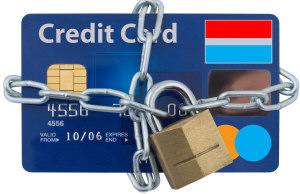 Credit card skimming remains a real threat to card users and one way in which
consumers can help fight this crime is taking precautionary measures to avoid
their cards being skimmed in the first place. Credit card skimming has been
there for many years but in the recent past skimming is becoming more popular.
Despite the information provided on the internet and by financial institutions
and security authorities on how to steer clear of card skimmers, consumers are
still losing money and compromising their confidential information. The
designers and users of skimmers are applying sophisticated ways to trick
cardholders so that they are unable to detect these devices. Credit card skimming remains a real threat to card users and one way in which
consumers can help fight this crime is taking precautionary measures to avoid
their cards being skimmed in the first place. Credit card skimming has been
there for many years but in the recent past skimming is becoming more popular.
Despite the information provided on the internet and by financial institutions
and security authorities on how to steer clear of card skimmers, consumers are
still losing money and compromising their confidential information. The
designers and users of skimmers are applying sophisticated ways to trick
cardholders so that they are unable to detect these devices.
What is a credit card skimmer?
A card skimmer is a device designed to copy or
decode information from the magnetic strip or the electronic chip of a credit or
debit card. The skimmer electronically copies the information of the card
including the card or account number, name, address, and PIN numbers that can be
used make a counterfeit card. The information may also be used online to carry
out fraudulent transactions.
Types of skimmers
Card skimmers come in many forms and sizes but these devises are designed to
be thinner and are very difficult to detect once installed. Point-of-sale and
stand alone hand-held devices are the most common used skimmers. The
point-of-sale skimming devices are attached to areas such as ATM machines. These
skimming devices may have components like a tiny camera hidden somewhere on the
machine with an overlay fake keypad that can extract information you enter on
the ATM keypad.
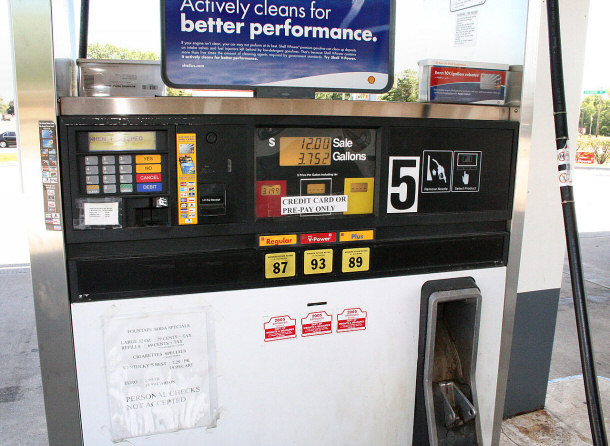
The card slot area of the ATM machine may also be fitted with a
fake disguising “mouth” guide for a card that can read the information on your
card as you insert it into the slot.
Because the card security code may not be present on the magnetic stripe of a
card, the skimming thieves use a small keypad that unobtrusively transcribes the
card security code digits. Pinpads at point-of-sale may be modified by replacing
them with counterfeit ones or cameras to capture PIN numbers.
Advancement in smartphone technology is also giving skimming thieves an
opportunity to steal money from credit and debit card holders. RFID technology,
which is used in many applications such as keeping track of items in
departmental stores or in factories to track parts, is now extending to credit
and debit cards. This RFID technology acts like the electronic magnetic stripe
in a card, but it uses wireless technology instead of physically having to touch
the card to a reader.
Someone using the smartphone near field communication (NFC) app may be able
to tap information from a credit card. The card information can even be read
through the NFC app right from someone's pocket or purse. However, it requires a
thieve to get close to you in order for it to work.
Square Mobile Card Reader:

By Chris Harrison
via Wikimedia Commons
This means that by standing next to you, a thief could use his smartphone to
siphon information from your credit card. If the back of your card is marked
with the words “Blink”, “PayPass” or a sign of triangle-nested arcs, it means
that your credit card could be susceptible to the high-tech form of data pick
pocketing with use of a smartphone.
How do skimming devices work?
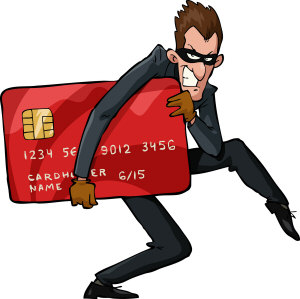 For a card thieve to be able to succeed in stealing money, he or she has to
get your card details like name, address, account or card number, and card
security code. In addition, your PIN number is also needed to enable the thieves
to access your account whether from an ATM or online. This is why different
devices may be used to harvest information from a card as well as the card user. For a card thieve to be able to succeed in stealing money, he or she has to
get your card details like name, address, account or card number, and card
security code. In addition, your PIN number is also needed to enable the thieves
to access your account whether from an ATM or online. This is why different
devices may be used to harvest information from a card as well as the card user.
A small camera may be mounted in a hidden location to take images of your
fingers as you key in your PIN. Moreover, an overlay keypad may be fitted right
over the original keypad of an ATM machine to transcribe the PIN number you
enter. An ATM machine mouth slot may be fitted with an identical slot-guiding
piece that contains the skimming device.
When the information is read from the magnetic stripe of the card, it is
stored by the skimmer or relayed to the thief through a text messaging
application. The thieves may come for the device after sometime to go and
extract the information or they may use GSM-based technology installed in the
skimmer so that the thief does not have to physically return to the scene of the
crime in order to retrieve the information. This is one way the skimming thieves
use to try to avoid being caught as they return to pick up their devices.
Where are skimmers likely to be used?
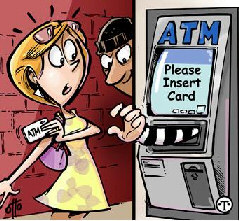 Skimming devices are notably used in areas where card users swipe their debit
and credit cards such as ATM machines, point-of-purchase such as gas stations,
and other areas like restaurants and bars. In ATM machines, sophisticated tiny
skimmers are attached to the automated teller machines. They are covertly
installed over the card slot and appear like a card slot mouth-guiding piece. At
gas stations, the skimming devices are attached to the card readers of the pumps
where unsuspecting motorists insert their cards to fill their tanks only to fall
victims of card skimming. Skimming devices are notably used in areas where card users swipe their debit
and credit cards such as ATM machines, point-of-purchase such as gas stations,
and other areas like restaurants and bars. In ATM machines, sophisticated tiny
skimmers are attached to the automated teller machines. They are covertly
installed over the card slot and appear like a card slot mouth-guiding piece. At
gas stations, the skimming devices are attached to the card readers of the pumps
where unsuspecting motorists insert their cards to fill their tanks only to fall
victims of card skimming.
At point-of-purchase areas like restaurants and bars, the cards are swiped
through a skimmer by the attendants. This happens when you hand over your card
for payment and in the process, the attendant or employee swipes the card
through a small hand-held card reader which stores the information contained in
the magnetic stripe of the card. What happens is that the attendant or cashier
makes sure that you are out of view of the devices or you are temporarily
distracted.
What makes card skimmers hard to detect?
It is not easy to detect card skimmers installed or fitted in ATM machines,
gas stations or other places. This is because the designers of these devices
ensure that they match them with the designs and colors of the ATMs and the card
readers at gas stations. In addition, these devices are being designed with
extremely thin designs. You may not be able to suspect them when they are fitted
to a machine. The cameras are placed in hidden locations where they may not be
seen easily.
How to steer clear of card skimmers
Although it may be difficult to completely avoid getting caught in a skimming
trap, there are a number of security precautions that you may take to help
minimize your chances of becoming a victim. You need to be vigilant when using
ATM machines, gas stations, and anywhere you need to hand your card to an
employee.
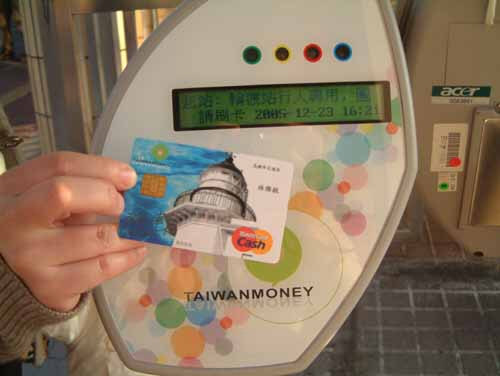
You need to inspect the ATM machine or gas pump point-of-sale card readers to
find out if something may be attached. The thieves attach devices on the
machines that are not easy to detect. You may need to look for varying color
surfaces of the ATM machine and anything that seems to protrude more such as the
card slot “mouth”. Similarly, you may also need to check for hidden cameras that
may be installed on wall, at some point on the machine or other places inside
the ATM access room.
Additionally, you can try to plug out or push anything that looks suspicious
to see if it is loose or if it falls. If you see that something on the ATM or
gas pump does not match with the color and style of the machine, you should stop
using the machine immediately. Remember to look at the other ATM machines or gas
pumps card readers to see if their design matches the one you want to use.
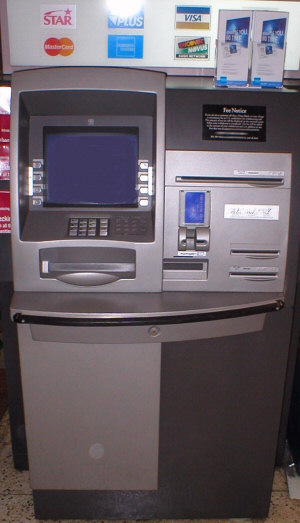 If you find that the designs are not matching, be very cautious. There could
be a skimmer fitted on the surface of the ATM or gas pump card readers.
Moreover, if the keypad is hard to press, refrain from using that machine
because it may be a fake keypad that overlays the original keypad. If you find that the designs are not matching, be very cautious. There could
be a skimmer fitted on the surface of the ATM or gas pump card readers.
Moreover, if the keypad is hard to press, refrain from using that machine
because it may be a fake keypad that overlays the original keypad.
When keying in your PIN number, you may block the pad with your hand so that
no one can see or no camera may record the image of the keypad. Whether you are
operating a hand-held pinpad, an ATM machine, or other point-of-sale terminal
device, you need to use your hand and body to cover the keypad. This prevents
shoulder surfers and any tiny pinhole cameras from capturing your important
information.
It is advisable that you avoid using PIN numbers when filling your tank at
the gas pump stations. Since you have an option to use a debit or credit card
when you pay at pump stations, it is advised that you choose the credit option.
With the credit option, you do not enter your PIN but your billing ZIP code and
therefore, if there is a skimmer device or someone watching over you, he or she
will not know your PIN number.
In premises where you hand over your card to an employee to swipe it such as
restaurants, you should ensure that it remains within your sight. You should
never take your eyes off of the server. The swiping of the card should be done
in an open place where you are able to see what the attendant is doing. It only
takes a second with skimmers for your data to be stolen.
In addition, you may opt to pay up front especially at more casual
restaurants like diners. You can request to pay at the restaurant’s terminal
rather than giving your card to an attendant to process the payment. If you are
not paying at a register in a restaurant, use cash. Do not risk giving the
attendant your card to swipe it.
Another thing you need to do is monitor your account activities and if you
suspect any defaults in your balance, you need to inform your bank. It is
usually very difficult to know when and where your card might have been skimmed
and probably by the time you detect that, you have suffered a lot of losses.
If your credit card is integrated with the RFID technology, it means that it
may be susceptible to skimming with the use of a smartphone. Although this kind
of skimming may not be easy, you need to take precautions because the thieves
are determined to use whichever method to get information from your card.
|
Metallic lined wallet:
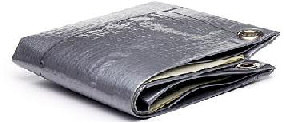
|
To prevent information like your card number, expiry date, and your names
from being stolen using the RFID technology of your card coupled with a
smartphone you may need to use a tin foil. This is the standard line of defense
if you want to protect yourself from RFID skimmers. The foil contains aluminum
that is capable of blocking the signals that may access your card. Similarly,
you can use metallic lined wallets to store your credit or debit card to prevent
skimming through the near field communication app.
Conclusion
Credit and debit card skimming is a real threat to card users and consumers
need to know how they can protect themselves from these fraudulent activities.
Being extra careful whenever you use your cards should be a priority. By taking
precautions, you can prevent some of these skimming activities from ever
happening to you. You should avoid any ATM machines that seem to have
suspiciously attached devices. Do not trust any shop or restaurant attendant to
swipe your card out of your sight. It is important to avoid a point-of-sale
terminal machine that looks strange, out of place or tampered with. Always use
machines that are located win well-lit areas and refrain from using those
located in secluded places. This is because you may even risk your safety if you
use such machines located in seemingly isolated spots.
Personal Finance
Attracting Wealth: Turning On Your Money Magnetism
Cosigning: Should You or Not?
How Credit Card Users can Help Fight Card Skimming Fraudulent Activities
How Safe is Online Shopping; What are the Risks Involved?
How Late Payment and Minimum Payment Affect Your Credit Scores
Where and How to Sell Unwanted Gift Cards
How Much is Gold Worth?
What are Payday Loans and why Payday Loans?
How Credit Scores Work and Why Credit Scores are Important
How Can You Save Money Using Online Coupons?
Do You Need Income Protection Insurance? |